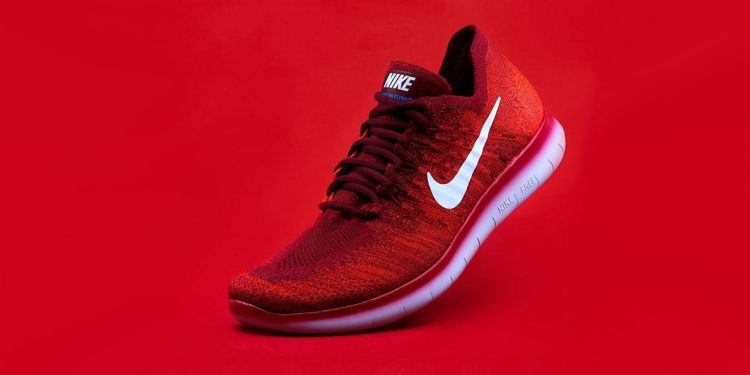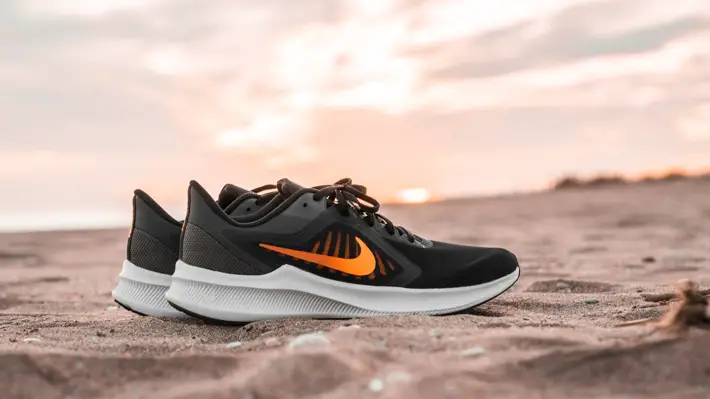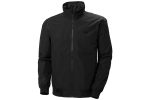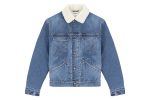How to Find the Best Trainers Online

One of the essential pieces of exercise equipment is your shoes. For instance, if you have a foot problem, it can be impossible to exercise at all. You may be trying to avoid stepping on a painful region of your foot due to anything as insignificant as a bunion, corn, or ingrown toenail. Then wham! You’ve adjusted your walking pattern or quit working out because you’re sore.
Your body is like a moving chain. Joints, bones, and muscles are linked from head to toe. As the foundation of this chain, your feet wield enormous influence over your entire body.
If you’re looking for a trainers sale and have an issue with your feet, you may be sure that it will gradually but steadily extend to your knees, hips, spine, overall posture, or stride. This may cause a chain reaction of instability and poor alignment across the entire body, as well as muscle imbalances and pain in regions unrelated to your feet.
Every workout requires a pair of shoes
A shoe that works well for one form of exercise may not work well for another. Shoes are not interchangeable because they are designed to improve your performance in running, jumping, dancing, riding, and hiking.
What makes a terrific streetwear shoe, might be a poor gym shoe. While you could acquire an inexpensive pair of running shoes and wear them for everything, you’ll find that they aren’t ideal for all types of activity and may even be detrimental for some. Furthermore, specific actions will quickly destroy your running shoes!
Using the correct footwear will make your exercise easier, safer, and more comfortable.
How to select the right shoe
Your gait and comfort should be the primary deciding factors when selecting running shoes. Style and brand shouldn’t be deciding criteria at all! Your running style, or gait, determines how your foot strikes the ground. Running shoes are made to prevent excessive pronation or supination and encourage a more neutral foot fall when you run. Examine the wear patterns on an old pair of running shoes, or examine your footprints to establish your foot type. Additionally, a competent running shoe store will be able to recognize the peculiarities of your foot.
How to pick the ideal footwear for any exercise
You’ll notice a wide range of footwear worn in most gyms, from tennis shoes to gasp and sandals to nothing. Strength training footwear isn’t a massive deal for many recreational exercisers. However, if you engage in a lot of strength training, the shoes you wear can help you work out differently in a subtle but noticeable way.
You can discover that you are less stable than you should be if you carry large objects while wearing shoes that are effective at absorbing shock. In particular, this is true of running shoes with particularly squashy soles.
The one thing you don’t want is for your feet to be swaying as you’re trying to squat, deadlift, or press the heaviest weights possible! Running shoes are essentially at one end of the spectrum, while weightlifting shoes are at the other.
The Benefits and Drawbacks
The best shoes for weightlifting don’t absorb shock; instead, they provide a ton of support. For added stability, some have straps across the mid-foot, and many are made with hardwood heels blocks that won’t compress.
Unfortunately, weightlifting shoes are not appropriate for any other form of exercise, so if you plan to use a rowing machine or jog on a treadmill, you may need to bring two pairs of shoes to the gym.
Weightlifting shoes are highly durable and ought to last you for years, which is fortunate because they can be pricey. They can, however, significantly impact your ability to lift high weights if you want a strong foundation.










